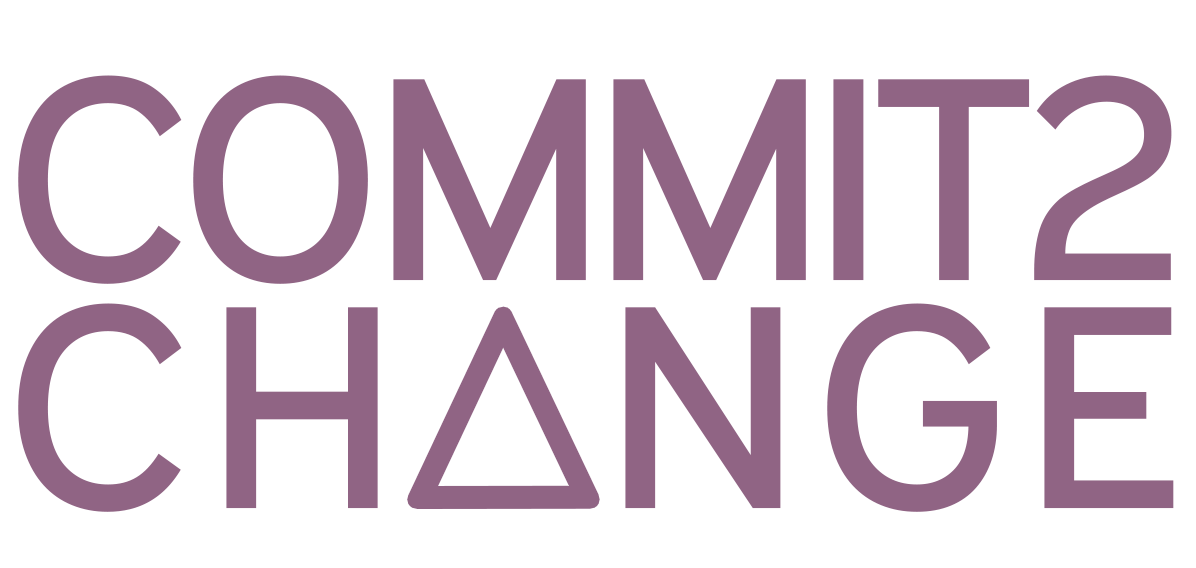Ms. Trupti lives in the bustling city of Mumbai. She has a Master’s degree in Computer Science and has worked as a teacher for about eight years, teaching students as young as 12 to as old as 20. A couple of years ago Ms. Trupti joined Commit2Change, helping to design the standardized curriculum while also assisting the local Mumbai girls as a tutor.
Making a curriculum is a hefty task for any educator. Ms. Trupti’s duties are even more challenging because the coursework must be clear and accessible to C2C students located in diverse parts of the country. While students in Mumbai can easily complete tasks because of the readily available resources of technology and strong internet connectivity, the students living in rural areas struggle to have the same benefits.
Curriculum development for most educational institutions in India is based on imparting theoretical concepts to the students, usually through rote learning. C2C takes a different approach, instead aiming to give the students a more hands-on experience strongly focused on imparting confidence, communication skills, critical thinking, and creativity.
Ms. Trupti is well-aware of the uphill battle she must face in making indifferent students (who are mostly first-generation learners) excited about technology. She knows that on the first day, the girls have little to no knowledge about technology or computer science. To begin, they watch a few animated clips from films like Ice Age and Jungle Safari. The girls enjoy the short videos, and then Ms. Trupti encourages them to ask how they are made. By the end of class, the girls not only come into contact with technology, but the seed has been planted: They are starting on the path to being creators themselves.
For the curriculum, Ms. Trupti starts with practicals. This first phase is educating the girls on basic knowledge about computers, including typing, turning the computer off and on, using the mouse, fundamentals of computer science and internet and using Microsoft Word, Excel and Powerpoint. Once the girls have mastered the practicals, they are ready for the next phase--coding. After that, Ms. Trupti can push the students further by introducing enhanced programming.
In the wake of the ongoing pandemic, Ms. Trupti’s work has been more needed than ever. Thanks to Google Suite for Education, Ms. Trupti can remain connected to students and compile a repository of educational resources for the C2C students. She has found ways for the girls to practice programming when not online with the help of materials such as the workbook Hello Ruby: Journey Inside the Computer. Using textbooks like these, Ms. Trupti works to alter the exercises to be more reflective of the Indian environment, giving the girls a stronger connection to the topics and concepts. With the use of mobile devices and WhatsApp, Ms. Trupti can reach her students who have less access to technology and continue to assist them with their learning, even while sheltering indoors. She has helped students find and access apps for Microsoft Office along with informative coding apps like Scratch Jr. Her colleagues contribute to finding and sharing helpful teaching materials as well. One tutor collected a list of Android-based games for the purpose of teaching loops and sequencing, such as Programming Hero, Algorithm City, Tommy Turtle, and others.
Like the other tutors, Ms. Trupti checks in on her students regularly and has them send her their notes online or through email. She and her fellow tutors are working to create and deliver topical quizzes through Google Forms in order to assess each student’s progress and assist any learning gaps that become evident.
While talking to Ms. Trupti about her experience teaching, it is evident that she is quite impressed with the girls’ quick learning abilities and their drive to understand the concepts. She is amazed how much the girls have learned in one month. But the success of the students relies heavily on the patience and persistence of our tutors. Ms. Trupti is not only patient, but she is also adapting her teaching style for the changing landscape of the country. She looks forward to the day she can see her students in person again.
